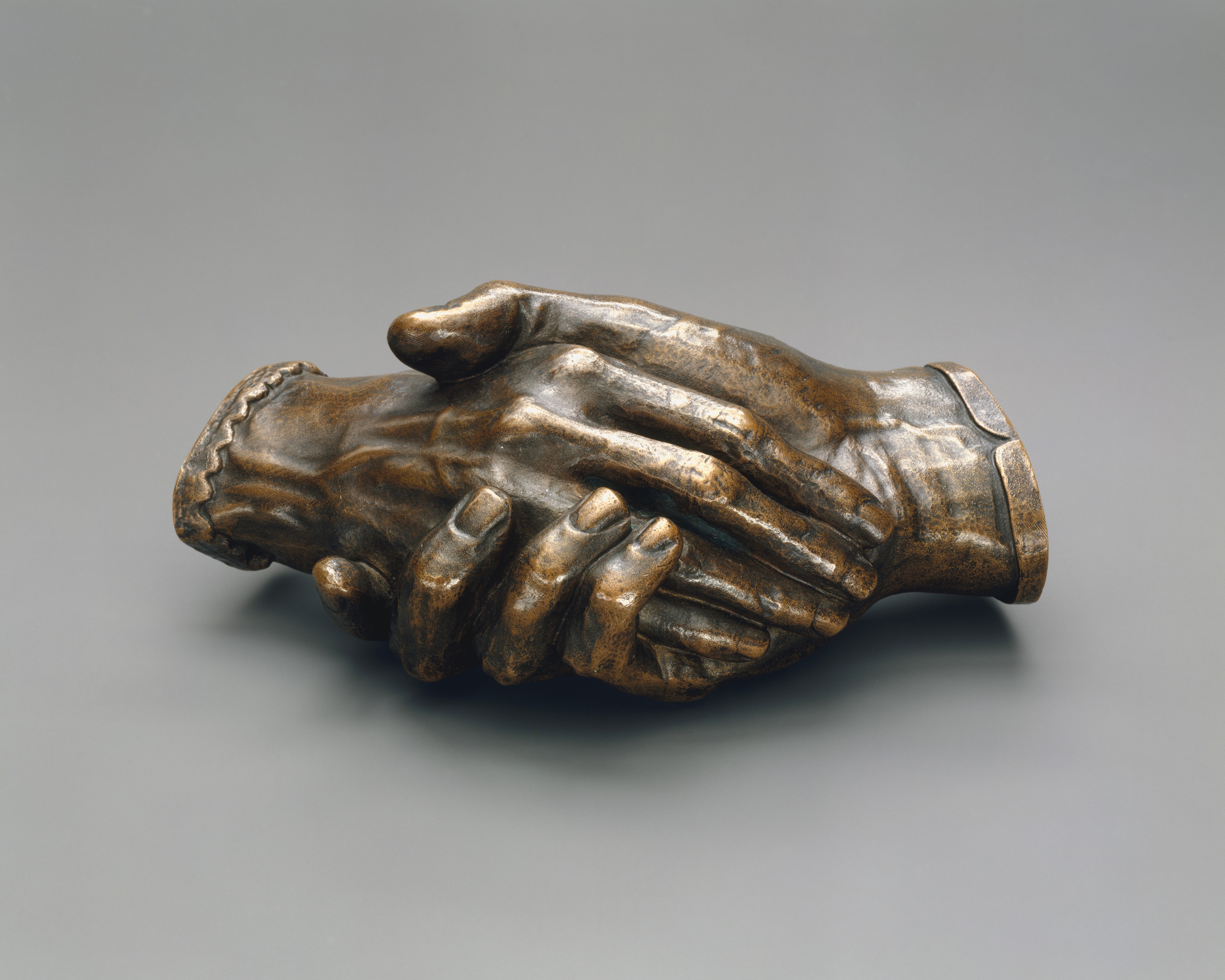One of the most distinguished female sculptors of the 19th century was Harriet Goodhue Hosmer. Known for her exquisite monumental sculptures of literary and historical heroines, she defied traditional roles by forging a career as a successful neo-classical sculptor.
Hosmer was raised in Watertown, Massachusetts by a physician father who encouraged her to become very physically active following the death of her mother and three siblings from tuberculosis. She became an expert rower, skater and rider while at the same time displaying a real talent for clay modeling. Defying the stereotypes of women in this era, Hosmer set out alone to travel the wilderness of the Western U.S. meeting members of the Dakota Indian tribe along the way.
Mastery of human anatomy is essential for artists & sculptors however women were not allowed to attend classes of live nude models as male artists were, so Hosmer attended medical college where she was able to attend anatomy class. Encouraged by actress Charlotte Cushman, she moved with her to Rome in 1852 where she became the pupil of British artist John Gibson. Hosmer lived in an expatriate colony with other artists and writers. She established her own business and was able to secure complete financial independence through sales of her work.
Puck (1855) immortalizes the delightful fairy from Shakespeare’s “Midsummers Night Dream.” In this sculpture, Hosmer’s love of detail is shown in the delicate structure of fairy wings and the exquisite detail of the mushroom pedestal Puck is resting on. Puck holds a beetle in his uplifted hand as he prepares to pelt an unsuspecting dryad. The Prince of Wales purchased this sculpture resulting in increased interest and sales; she made over 30 replicas to meet the demand for Puck making this her most financially successful piece.
In addition to being a renowned sculptor in the 19th century, Hosmer was also known as a feminist, adventurer, independent spirit and entrepreneur. Her final sculpture was of Queen Isabella of Spain commissioned by the city of San Francisco. Hosmer died at the age of 77 in Watertown, Massachusetts where her art career was born.
- Heidi Werber


 Harriet Goodhue Hosmer
Harriet Goodhue Hosmer